Particle Physics
-
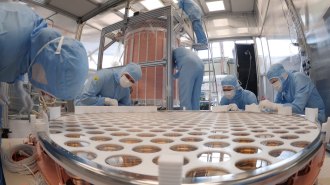 Physics
PhysicsA new dark matter experiment quashed earlier hints of new particles
Unlike its earlier incarnation, the XENONnT detector found no evidence of extra blips that scientists had hoped indicated new physics.
-
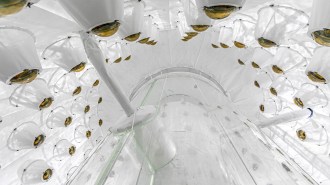 Particle Physics
Particle PhysicsA supersensitive dark matter search found no signs of the substance — yet
The LZ experiment’s first measurement raises hopes that scientists are closer than ever to finding the source of much of the universe’s mass.
-
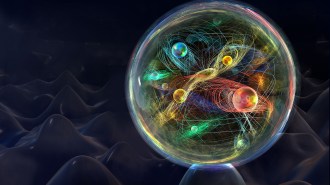 Particle Physics
Particle PhysicsHow physicists are probing the Higgs boson 10 years after its discovery
The famous particle may point to cracks in the standard model and new physics beyond.
-
 Particle Physics
Particle PhysicsHow neutrinos could ensure a submarine’s nuclear fuel isn’t weaponized
Nuclear submarines could be monitored with the help of neutrinos to ensure that the fuel isn’t diverted to nuclear weapons programs
-
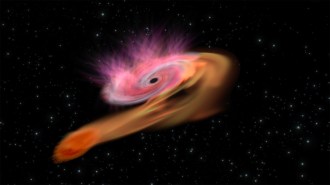 Particle Physics
Particle PhysicsHigh-energy neutrinos may come from black holes ripping apart stars
Where extremely energetic neutrinos originate from is a mystery. A new study supports the idea that “tidal disruption events” are one source.
-
 Particle Physics
Particle PhysicsThe Large Hadron Collider has restarted with upgraded proton-smashing potential
Physicists will start taking data this summer once the revamped Large Hadron Collider gets up to full speed.
-
 Particle Physics
Particle PhysicsMuons spill secrets about Earth’s hidden structures
Tracking travel patterns of subatomic particles called muons helps reveal the inner worlds of pyramids, volcanoes and more.
-
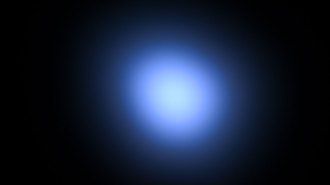 Particle Physics
Particle PhysicsA new nuclear imaging prototype detects tumors’ faint glow
Nuclear imaging that relies on Cerenkov light could supplement standard-of-care technology for identifying location of tumors.
By Anna Gibbs -
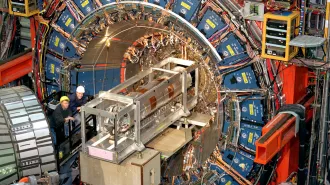 Particle Physics
Particle PhysicsThe W boson might be extra hefty. If so, it could hint at new physics
A new measurement of the W boson’s mass, made by smashing particles together, reveals a potential crack in physics’ standard model.
-
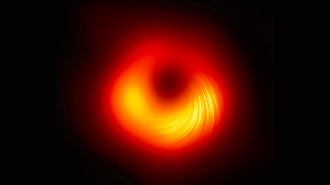 Particle Physics
Particle PhysicsHow light from black holes is narrowing the search for axions
The orientation of light waves from the region around galaxy M87’s central black hole rules out the existence of axions of a certain mass.
By Liz Kruesi -
 Particle Physics
Particle PhysicsA new particle accelerator aims to unlock secrets of bizarre atomic nuclei
The Facility for Rare Isotope Beams will help scientists unlock the inner workings of atomic nuclei and explore how elements formed in the cosmos.
-
 Particle Physics
Particle PhysicsDoubt cast on theorized ‘sterile’ particles leaves a neutrino mystery unsolved
MicroBooNE weakens the case for sterile neutrinos, but the mystery that shrouded earlier neutrino experiments remains.